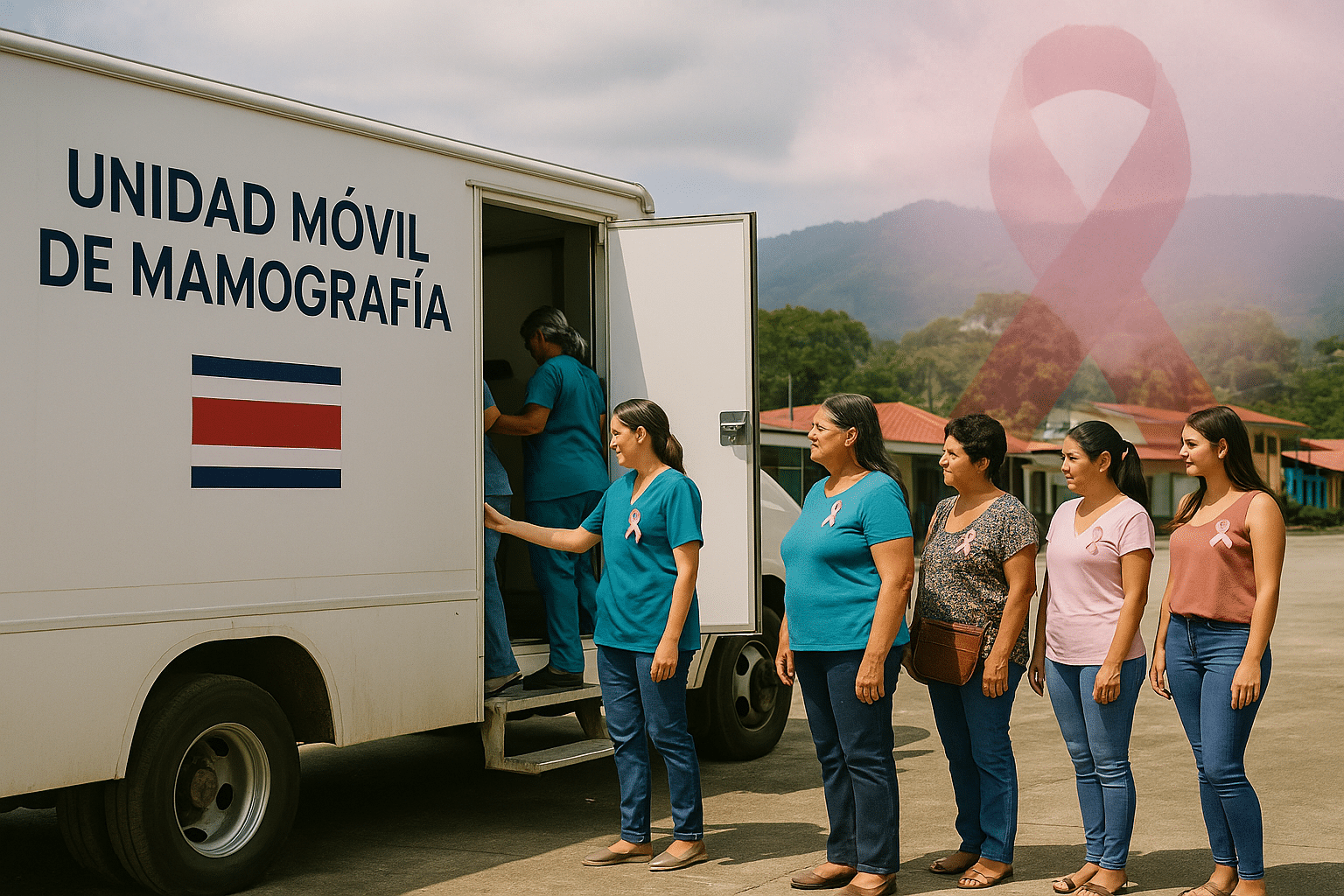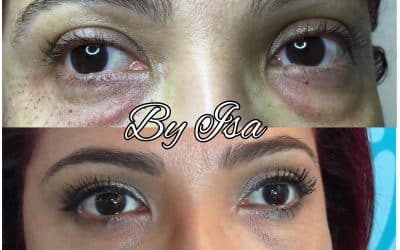Costa Rica’s Momentum—and a Clear Plan for Women and Men
October’s pink ribbon matters because early detection saves lives. When breast cancer is found at a localised stage, five-year survival is around 100%. Costa Rica offers a practical path from worry to action: CCSS mobile screening and referrals, JCI-accredited private care at Hospital Clínica Bíblica, and evidence-led guidance from Dr Carlos Eduardo Zúñiga. This is the month to book, check, and share.
Why does early detection change outcomes?
Because catching cancer before it spreads allows simpler treatment and dramatically better survival. Do not wait for symptoms; screening finds cancers before they can be felt. If you’re 40–74 and at average risk, schedule biennial mammograms. High-risk individuals (family history, BRCA, chest radiation) need earlier and often annual plans—speak to a clinician.

What should women look for?
Self-awareness is not a substitute for mammography, but it helps you notice changes early. Seek prompt medical advice if you detect any of the following, especially if new or one-sided:
- A firm lump or thickening in the breast or armpit that does not move easily under the skin.
- Change in breast size or shape, or a new asymmetry.
- Skin changes: dimpling, puckering, scaliness, an “orange peel” texture, redness, or warmth.
- Nipple changes: inversion that is new, crusting, ulceration, or unexpected discharge (particularly blood-stained).
- Persistent, localised pain in one area of the breast (most breast pain is benign, but new focal pain deserves a check).
Act fast: note the change, do not squeeze or manipulate repeatedly, and book imaging.
Can men get breast cancer—and what should they watch for?
Yes. It’s less common, but men can develop breast cancer, usually behind or near the nipple. See a clinician without delay if any of these appear:
- A hard, painless lump beneath the nipple or areola.
- Nipple changes: inversion, scaling, ulceration, or bloody discharge.
- Skin changes on the chest: dimpling, redness, or non-healing sores.
- Swollen lymph nodes near the collarbone or in the armpit.
Men with strong family history or BRCA mutations should ask about tailored surveillance and genetic counselling.
How do you take the public route (CCSS)?
Costa Rica brings screening to people. The CCSS deploys mobile mammography units to rural cantons and coordinates follow-up through your área de salud/EBAIS.
What to do now:
- Call or visit your EBAIS to book a mammogram and ask for mobile-unit dates in your canton.
- Bring prior images/reports (even phone photos) so radiologists can compare changes.
- Keep contact details handy for rapid follow-up if more views are needed.
Why Clínica Bíblica is a strong private option
Hospital Clínica Bíblica is JCI-accredited, a gold-standard marker for quality and safety across imaging and cancer pathways. You get rapid scheduling, coordinated imaging, pathology, and oncology consultations in one place, and an international patient desk if you’re travelling.
Booking tips:
- Ask for mammography/diagnostic imaging and mention any urgent symptoms so triage can prioritise.
- Main exchange: +506 2522-1000 • servicios@clinicabiblica.com • international@clinicabiblica.com.
Meet your oncologist: Dr Carlos Eduardo Zúñiga—what to look for and what to do
You deserve a specialist who is evidence-based, clear, and compassionate. Dr. Carlos Eduardo Zúñiga Orlich, a Medical Oncologist, consults privately at Clínica Bíblica and works closely with imaging and surgical teams, so you’re not left to navigate alone. Dr. Zuniga’s Office is at Clinica Biblica

If you notice a change (women or men):
- Write down when you first noticed it and any photos or notes of progression.
- Book imaging (mammogram ± ultrasound) before starting antibiotics or topical treatments, unless your clinician directs otherwise.
- Bring all medicines and family history (breast/ovarian/prostate/pancreatic cancers).
- Ask three questions at the consult:
- What does my imaging show, and what is the next definitive test? (e.g., core needle biopsy)
- If cancer is confirmed, what is the stage and the first treatment step?
- How will you coordinate surgery, medical therapy, and radiotherapy—and in what order?
Contact Dr. Zúñiga: +506 2522 1000. He also consults with Clínica Bíblica; ask the hospital to coordinate if you prefer a single hub.
- What does my imaging show, and what is the next definitive test? (e.g., core needle biopsy)
Quick guide: who should screen and when?
- Women aged 40–74 with an average risk: mammogram every two years.
- Higher-risk women: start earlier and consider annual screening; add MRI as advised.
- Men with symptoms or high risk: clinical assessment + imaging; discuss genetic testing when appropriate.
- Over 75: individualised decisions based on health and preferences.






FAQs
Is breast self-exam enough?
No. Screening mammography is the only test proven to lower mortality. Self-awareness helps you spot changes earlier between screens.
Do mobile units give quality images?
Yes. They use digital systems operated by trained teams and connect to CCSS reporting and follow-up, bringing hospital-grade screening to rural areas.
Why is JCI accreditation important?
It audits patient safety, imaging protocols, infection control, medication management, and multidisciplinary coordination—the details that keep care consistent and safe.
What if I’m anxious about radiation or callbacks?
Mammogram doses are low; the benefit far outweighs the risk. Callbacks mean extra views for clarity, not a diagnosis—follow through promptly.
What should I do while I wait?
Gather prior imaging and do not delay appointments. Most findings are benign, but time-saving treatment.
Save & share these contacts
Dr Carlos Eduardo Zúñiga (Medical Oncologist) — Clínica Americana, San José, +506 2258-6868.
Hospital Clínica Bíblica (San José) — +506 2522-1000 • servicios@clinicabiblica.com • international@clinicabiblica.com. Ask for mammography/diagnostic imaging.
CCSS (Public system) — contact your EBAIS/área de salud for mammogram scheduling and mobile-unit dates in your canton. This October, book the scan, check any new changes, and share these details with someone you care about. Costa Rica’s public reach, private speed, and clinical expertise turn global awareness into longer, healthier lives for women and men.







